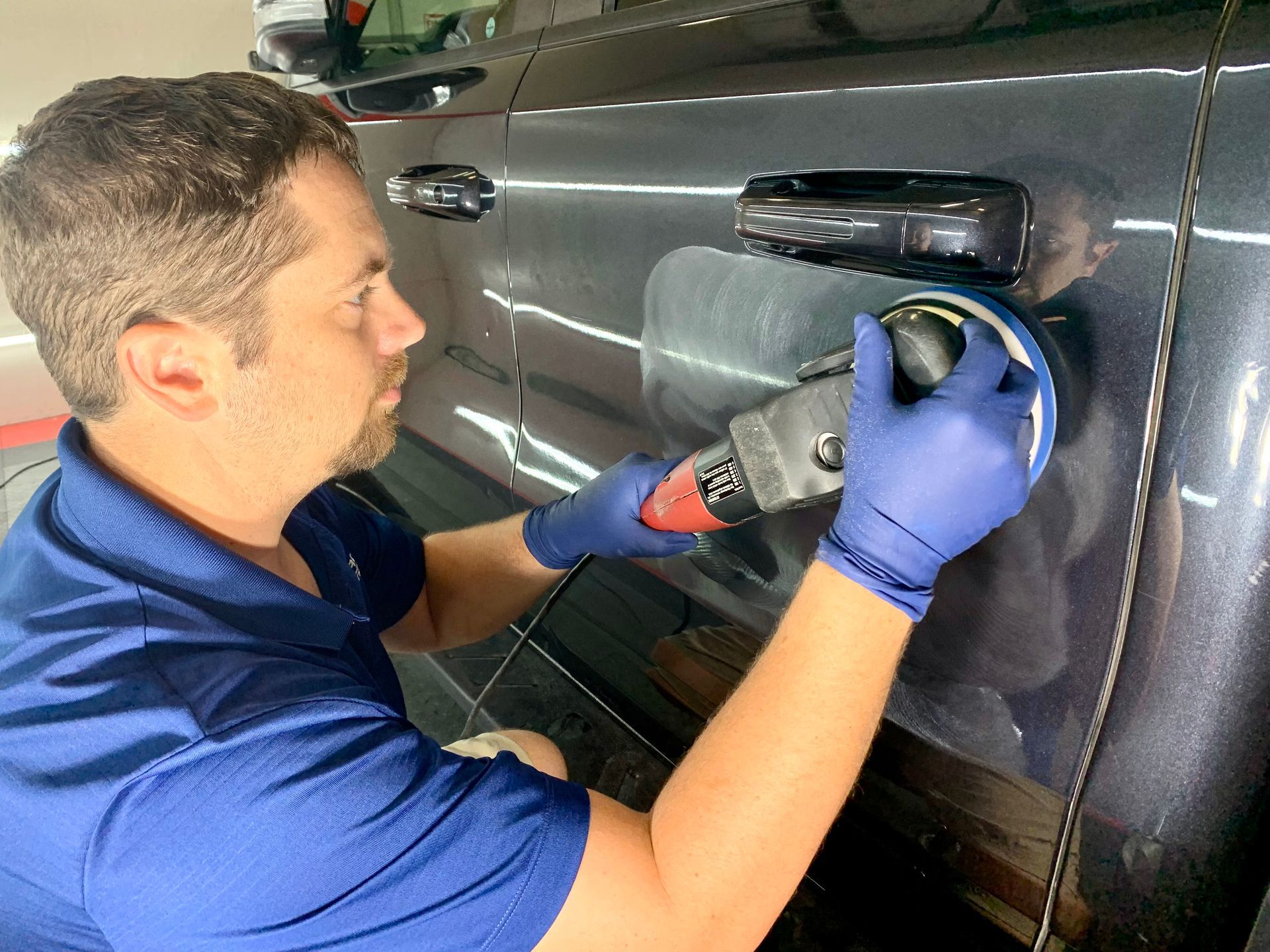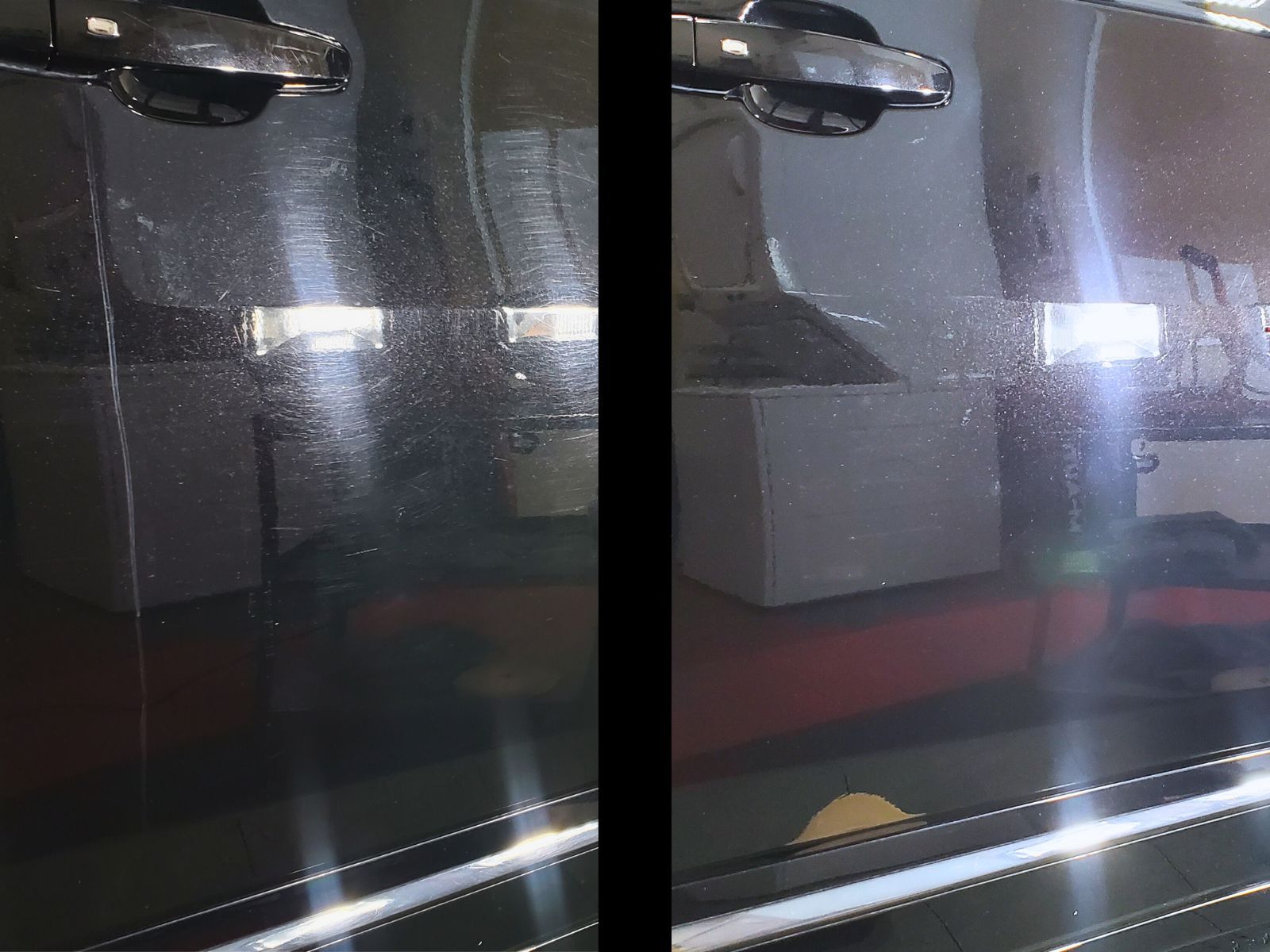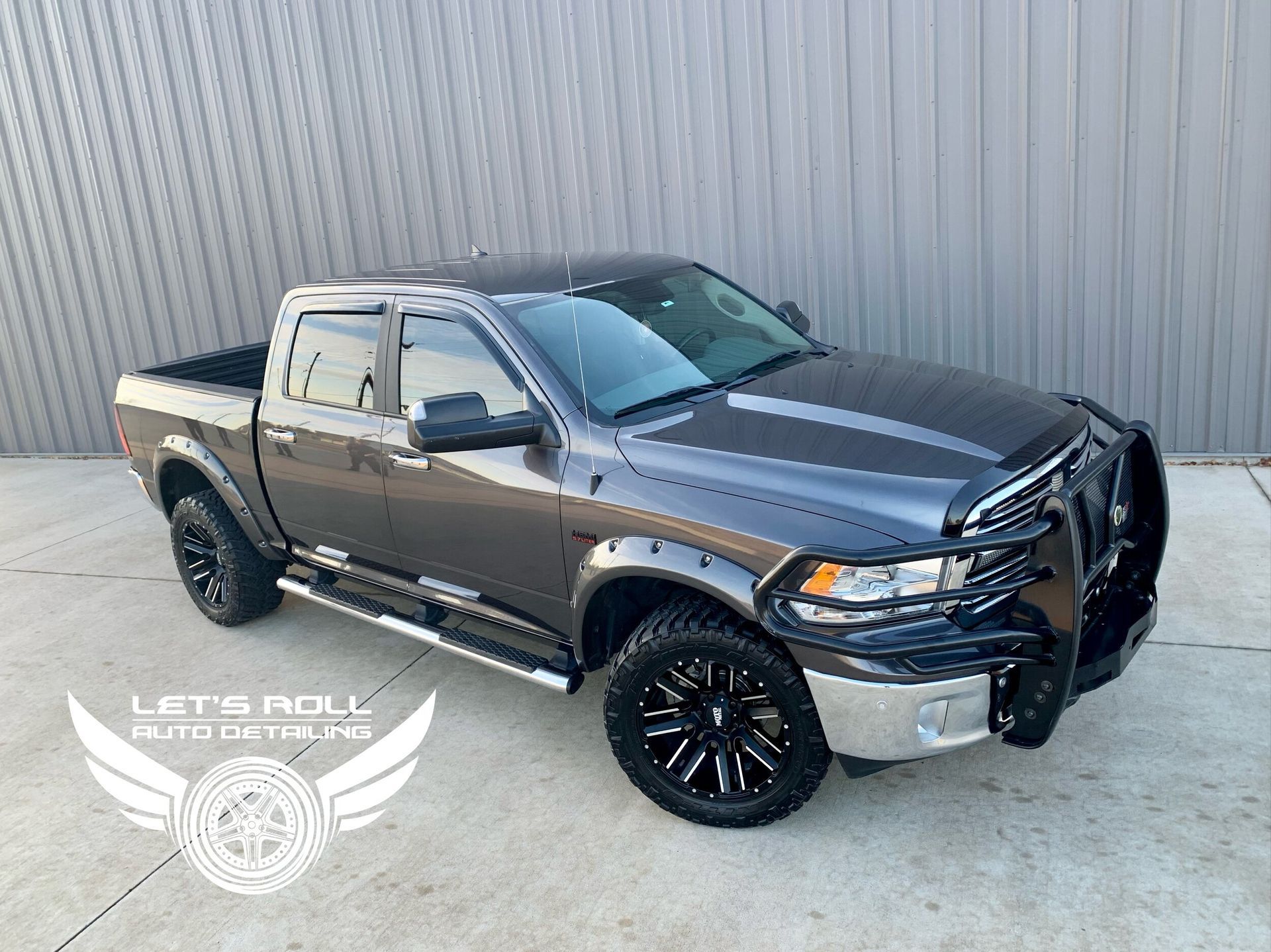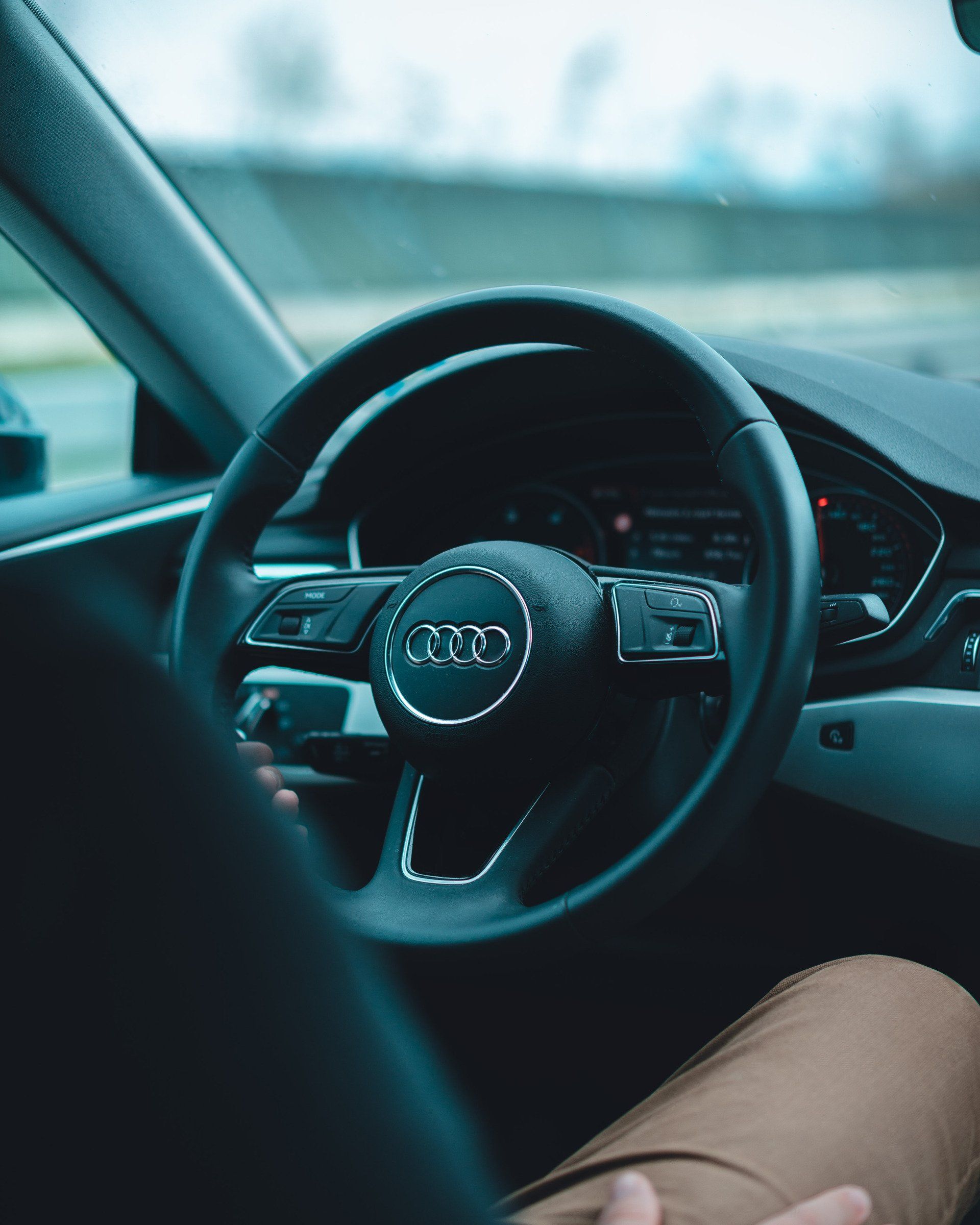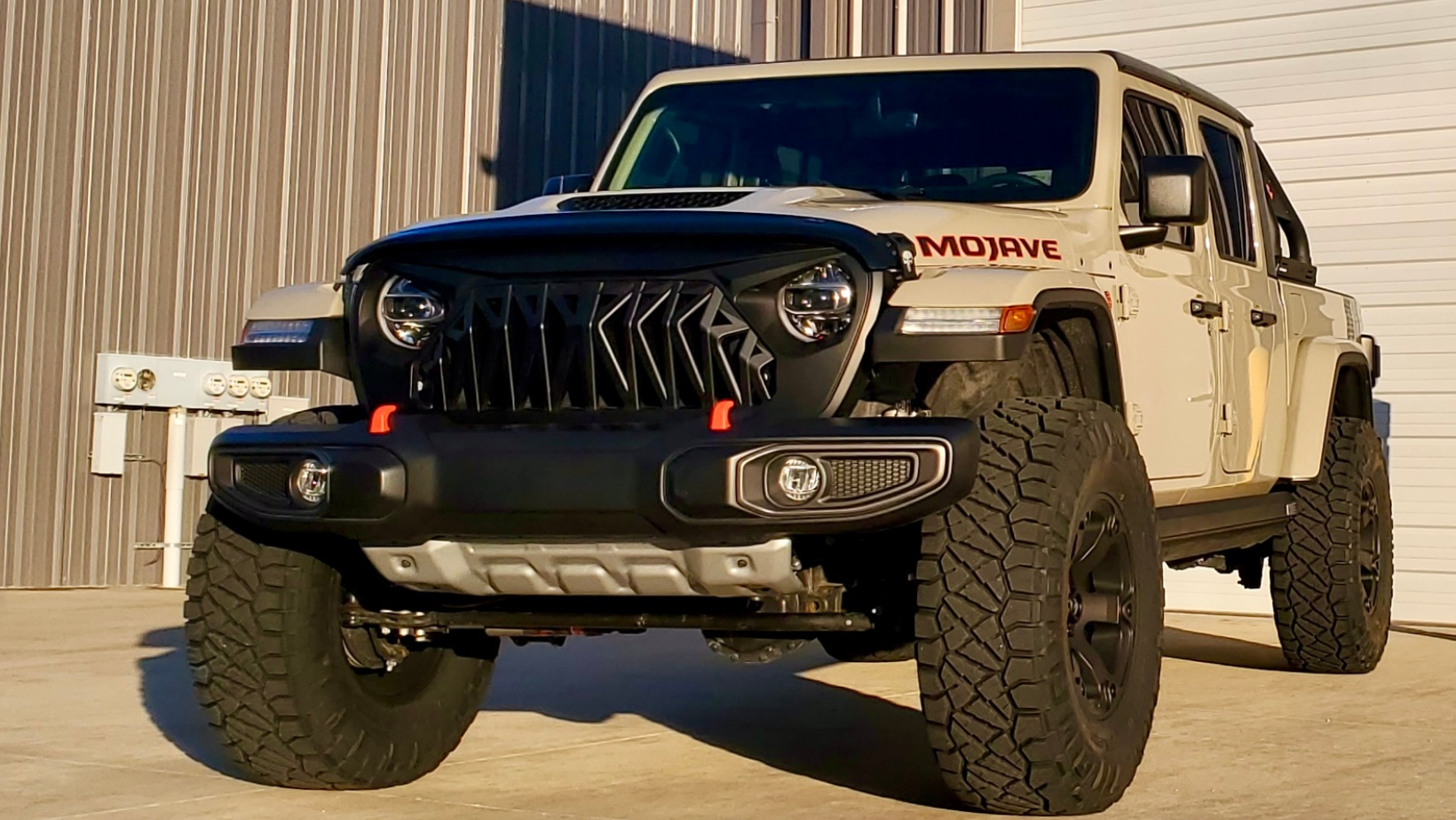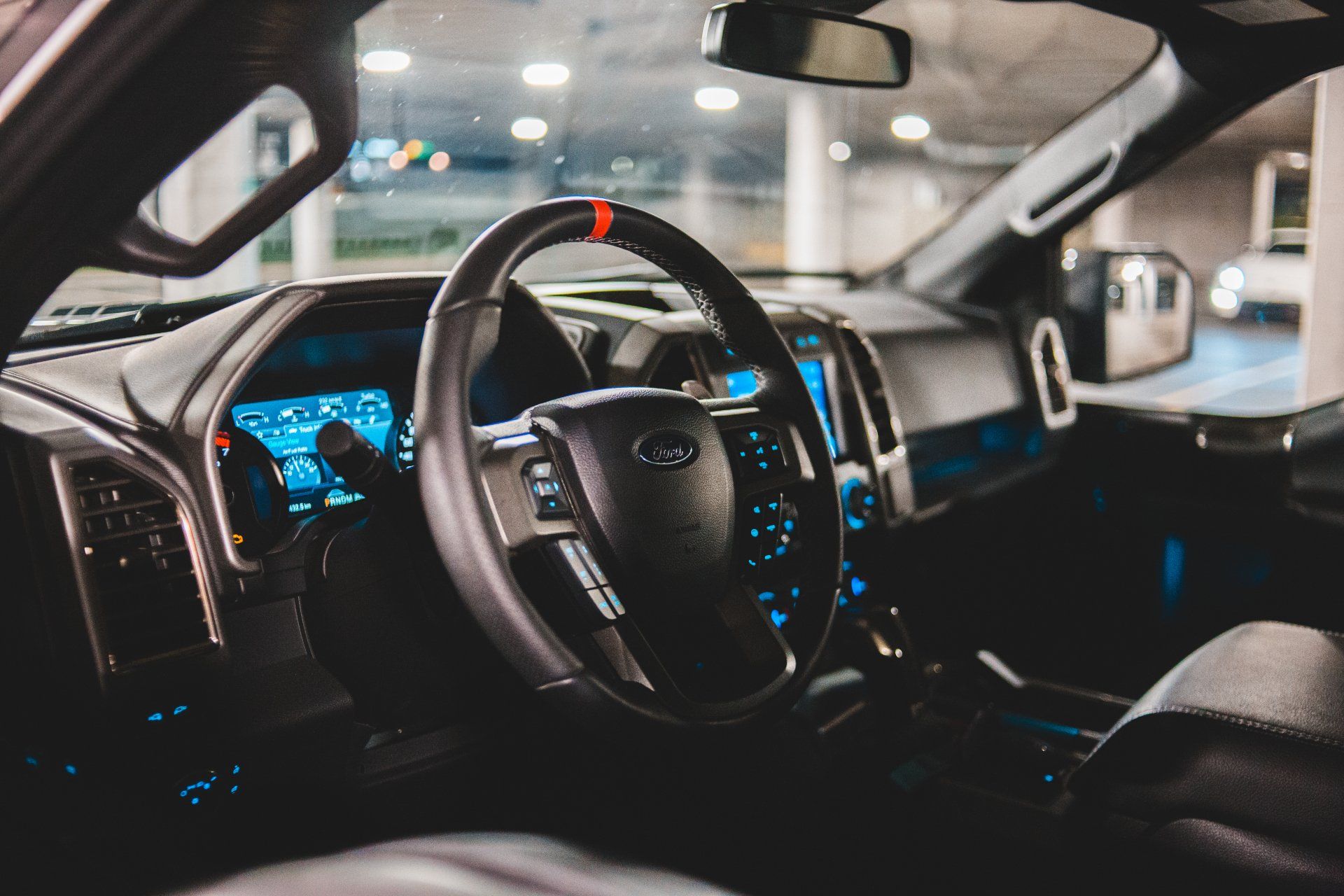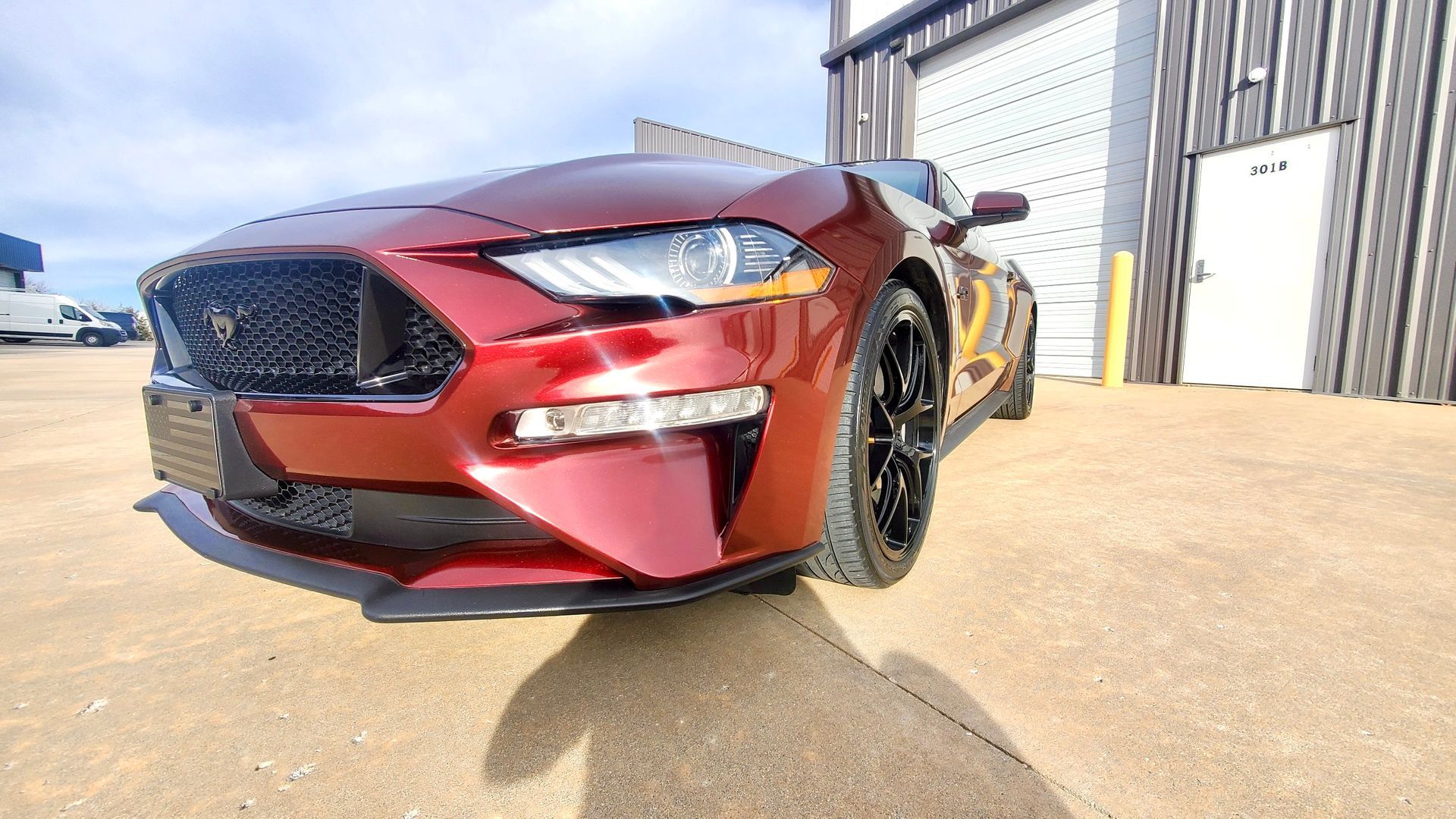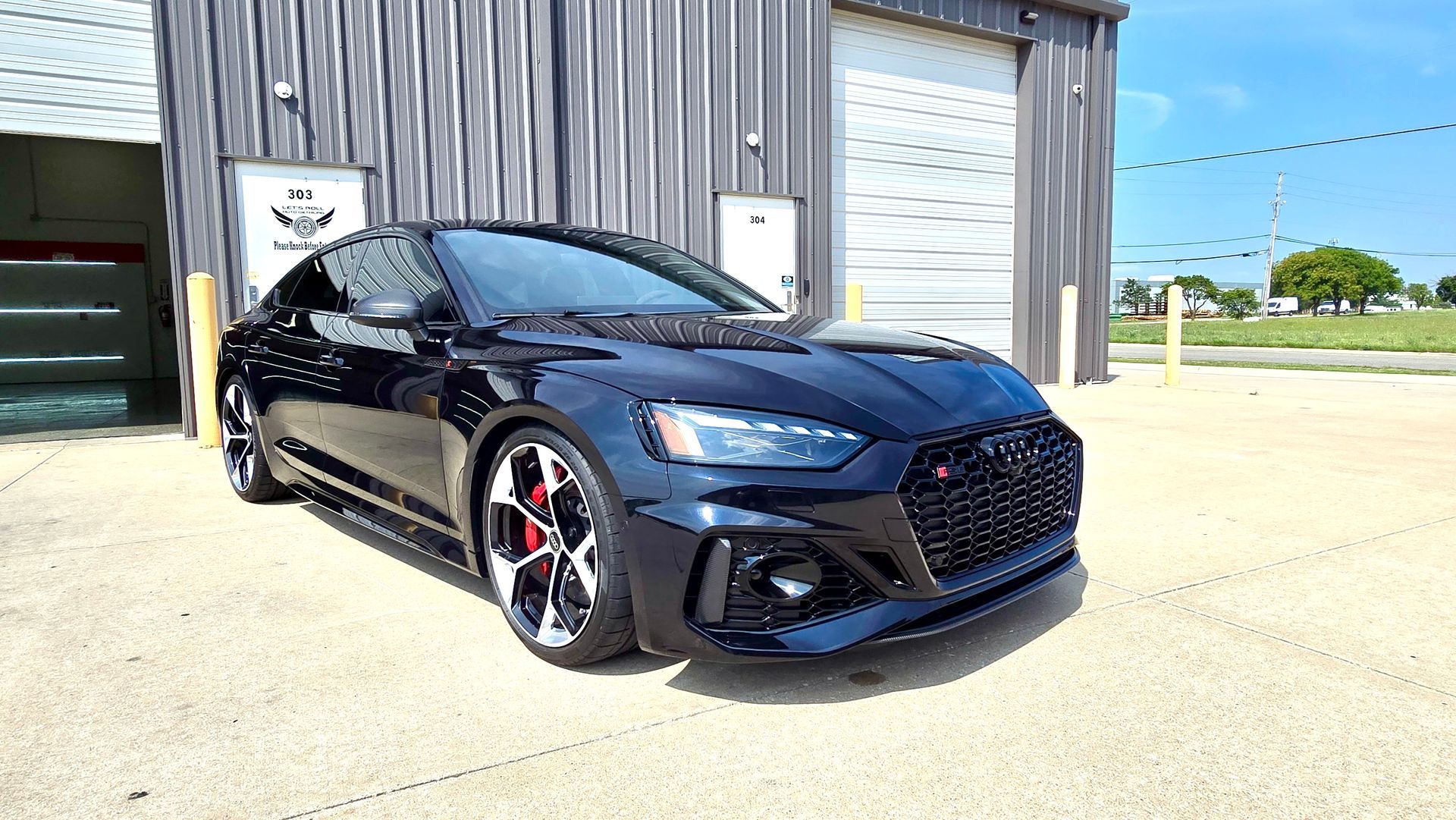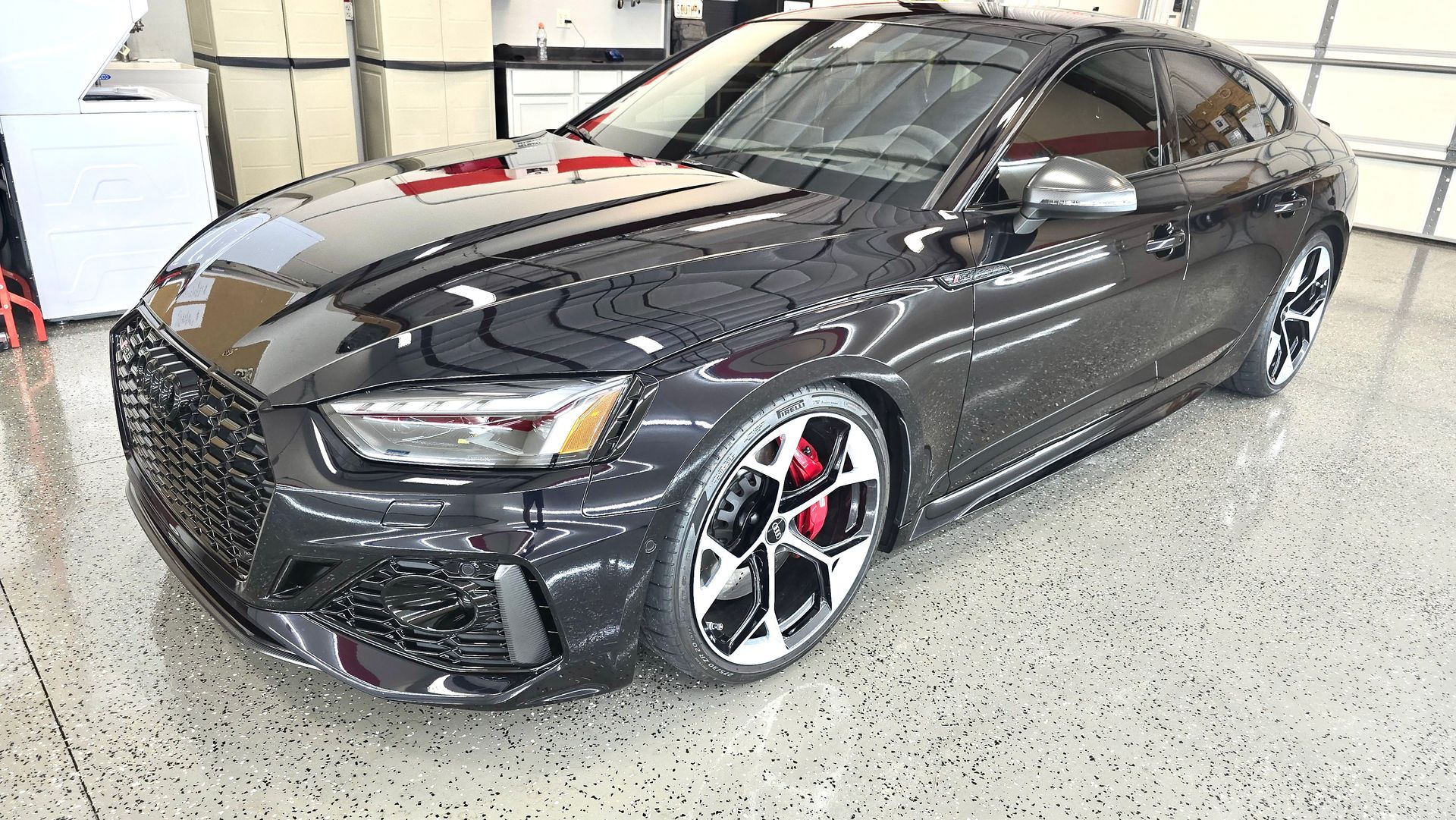When Should You Consider Getting Paint Correction Done?
When it comes to taking care of your car, how often do you think about its paint? Many of us focus on the engine and tires, but the truth is that your vehicle's exterior deserves just as much attention. Paint correction might not be something you hear about every day, but it can make a huge difference in how your car looks—and even how long it lasts. Just like you wouldn’t ignore a scratch on your favorite watch, those little imperfections on your car's surface can add up over time, impacting both its appearance and value. So, if you've noticed swirls or scratches on your paintwork, it's time to explore the benefits of paint correction and consider if it's right for you!
You should consider getting
paint correction done if your vehicle has visible surface imperfections such as swirls, scratches, or oxidation, which can detract from its appearance. Additionally, even new cars can benefit from paint correction due to minor defects resulting from shipping and dealership handling, making it a worthwhile investment to enhance gloss and prepare the surface for protective coatings like ceramic.
What is Paint Correction?
Paint correction is a meticulous detailing process designed to restore the appearance of a vehicle's paintwork by addressing surface imperfections like swirl marks, scratches, and oxidation. Unlike traditional methods that merely enhance the gloss temporarily, paint correction actively removes these defects. By utilizing specialized tools and techniques, this process produces a finish that can almost rival that of a new car.
Common Techniques
This procedure typically involves the use of machine polishing techniques with various grades of polish and pads. The detailer carefully selects the right combination based on the specific needs of the vehicle’s paint. For instance, using an aggressive compound might effectively remove deeper scratches, while a finer polish is ideal for enhancing clarity and gloss after initial corrections have been made. Throughout this process, skilled technicians level out the imperfections in the clear coat, paving the way for a smooth and radiant surface.
What's particularly noteworthy about paint correction is its transformative nature—it doesn't simply mask problems; it corrects them. This is akin to healing your skin rather than applying makeup to cover blemishes. After paint correction, one can expect a nearly flawless sheen, where colors pop and light reflects beautifully off the car's surface.
Why It's Different From Waxing
Traditional waxing, while a good practice for maintaining shine, can only mask imperfections for a brief period before they reappear. In contrast, paint correction offers a permanent solution by eliminating the underlying issues permanently. When executed properly using advanced nano-polishers and high-quality compounds, detailers create remarkable clarity and depth in the car's finish. The enhanced gloss isn't just aesthetic; it lays down an inviting foundation for protective coatings such as ceramic gel or wax that follow afterward.
This leads us to the next crucial aspect—identifying how to recognize if your vehicle requires this essential treatment. Understanding early indicators of wear can make all the difference when considering professional paint correction services.
Signs You Need Paint Correction
One of the most immediate observations you might notice on your car's surface is visible imperfections. These can manifest in various forms, all signaling a need for attention. Swirl marks, often resulting from improper washing techniques like using a dirty cloth or insufficient lubrication during the wash process, are among the most common indicators. Over time, these swirls become particularly noticeable in sunlight, breaking up the smooth look of your paint and reducing its overall gloss.
If you find yourself running your fingers over light scratches that have accumulated on the surface, fret not: paint correction can often remedy these blemishes. Many vehicle owners experience this issue within the first three years of ownership when they seek out car washes. Even small scratches can lead to larger issues if left unaddressed, as they can deepen and compromise the clear coat.
Another indicator calling for correction is water spots—those pesky mineral deposits left by hard water that etch into your car's surface if not wiped away promptly. If ignored, these unsightly marks can lead to more significant staining issues that detract from your vehicle's appearance. Fading is another telltale sign; UV exposure from prolonged sunlight can oxidize your paintwork, resulting in a dull finish that looks lackluster compared to its original shine.
The Fingernail Test
To determine whether a scratch needs professional intervention or if it's merely superficial, you can perform the fingernail test. Simply run your fingernail gently across the scratch; if you feel a dip or indentation, that's a substantial scratch that may require serious attention. In contrast, if your nail glides smoothly over it, there's a good chance it can be corrected with a paint correction service without too much hassle.
Hydrophobic Properties
Now that we've explored how to identify visible issues on your vehicle’s surface, it's wise to discuss the advantages you will encounter after addressing these imperfections.
Major Benefits of Paint Correction
One of the standout benefits of paint correction is its ability to significantly enhance the gloss of your vehicle. This isn't just a minor improvement; studies reveal that a meticulously executed paint correction can enhance a car's gloss by an impressive 30-50%. Just imagine your older vehicle transformed to look like it belongs on the cover of a car magazine! That extra shine not only turns heads but also reflects how well you take care of your investment.
Alongside improving the visual appeal, another critical aspect is how paint correction prepares your vehicle for protective coatings.
Prepares for Coatings
Paint correction serves as a crucial preparatory step for applying protective layers, such as ceramic coatings. These coatings are designed to shield your car from future scratches, UV damage, and environmental contaminants. However, they bond more effectively to a properly corrected surface. You wouldn’t lay down new wallpaper on a dirty wall; the same principle applies here. A smooth, corrected surface allows these coatings to adhere properly, extending their longevity and effectiveness.
Furthermore, when you invest in paint correction, you're investing in the longevity of your vehicle’s finish. Regular maintenance through paint correction can significantly reduce the depth of scratches and imperfections over time. It's like visiting the dentist: maintain good oral hygiene today to avoid larger issues later! By removing surface imperfections now, you decrease the chances of having deeper issues arise further down the line.
Beyond just aesthetics and protection, paint correction also offers some unexpected financial benefits.
Increases Resale Value
Another significant advantage is that it can increase the resale value of your car. According to surveys conducted by Kelley Blue Book, approximately 70% of buyers consider paint condition when purchasing a used vehicle. Cars with freshly corrected paint may see value increases of around 10-20%, making the process not just an expense but a worthy investment.
It’s crucial to remember that regular paint correction doesn't just add resale value; it also extends your car's life overall by safeguarding against environmental damage. The International Carwash Association reports that 80% of paint damage is caused by environmental factors such as UV rays, bird droppings, and tree sap. By proactively eliminating imperfections and coating your car with protective layers, you help ensure that harmful elements don’t deteriorate your vehicle’s exterior.
Lastly, let's reflect on how this improved condition leads to easier ongoing maintenance.
Eases Maintenance
After going through paint correction, you'll find that maintaining your vehicle becomes much simpler. Corrected surfaces are smoother and easier to clean because contaminants have been removed. In fact, consumer feedback suggests that detailing time can be reduced by about 30% after undergoing paint correction. Less time spent scrubbing means more time enjoying your pristine ride!
Cost Considerations
The price of paint correction can fluctuate widely, influenced by several key factors worth understanding before committing to the service.
First and foremost is the severity of damage. If your car has numerous scratches, swirl marks, or other imperfections, expect the costs to rise. Each imperfection requires labor-intensive corrections, and this can add up.
In addition, consider vehicle size. A compact car may be easier and quicker to correct compared to a larger SUV or truck, which has more surface area and thus takes longer for meticulous attention. The time spent directly correlates with labor costs, which can vary considerably based on the detailer's expertise and equipment used.
Another crucial factor is location. Prices can vary significantly across regions and even between different providers in the same city. Urban areas may have higher pricing due to demand and cost of living, while smaller towns might offer more competitive rates. However, don’t let cost be your only concern; quality should always come first when selecting a detailer.
Average Costs
On average, you can expect to pay anywhere from $500 to $2000 for paint correction services depending on how extensive the damage is and the level of detailing required. This broad range reflects various conditions—like whether there’s just light oxidation or if deeper scratches need multi-step corrections.
Investing in Quality: In our experience at Let’s Roll Coatings, many customers affirm that the investment pays off tremendously. They appreciate not just the striking improvement in their car's appearance but also the enhanced longevity of that aesthetic appeal due to properly applied protective coatings afterward.
Lastly, while the initial costs may seem high, consider it an investment in your vehicle's future. Treating your car right enhances its visual charm and protects its resale value down the road. Well-maintained paint can result in a much better return if you decide to sell or trade it in later.
For those ready to revitalize their vehicle's finish and protect it for years to come, visit
Let's Roll Coatings at Wichita, KS, or call at (316) 295-0787 today!

